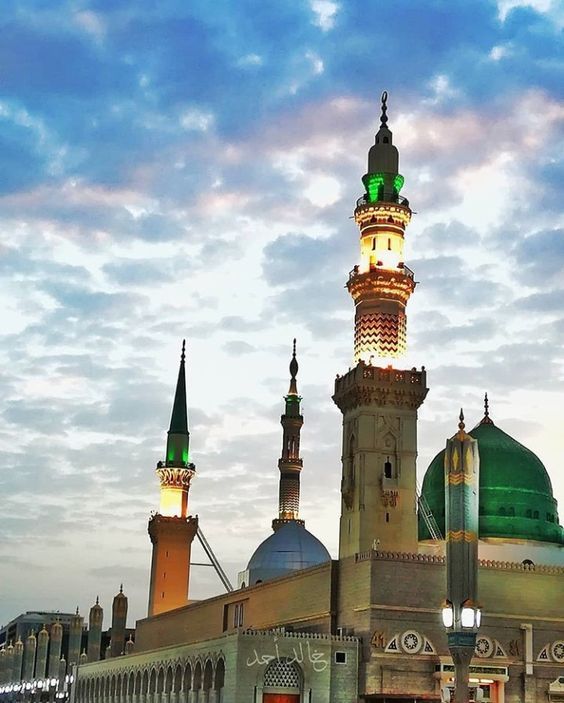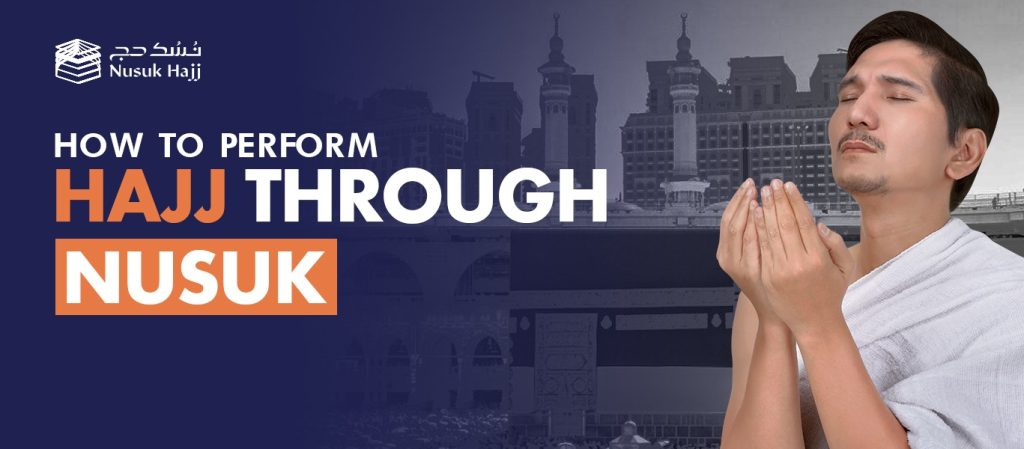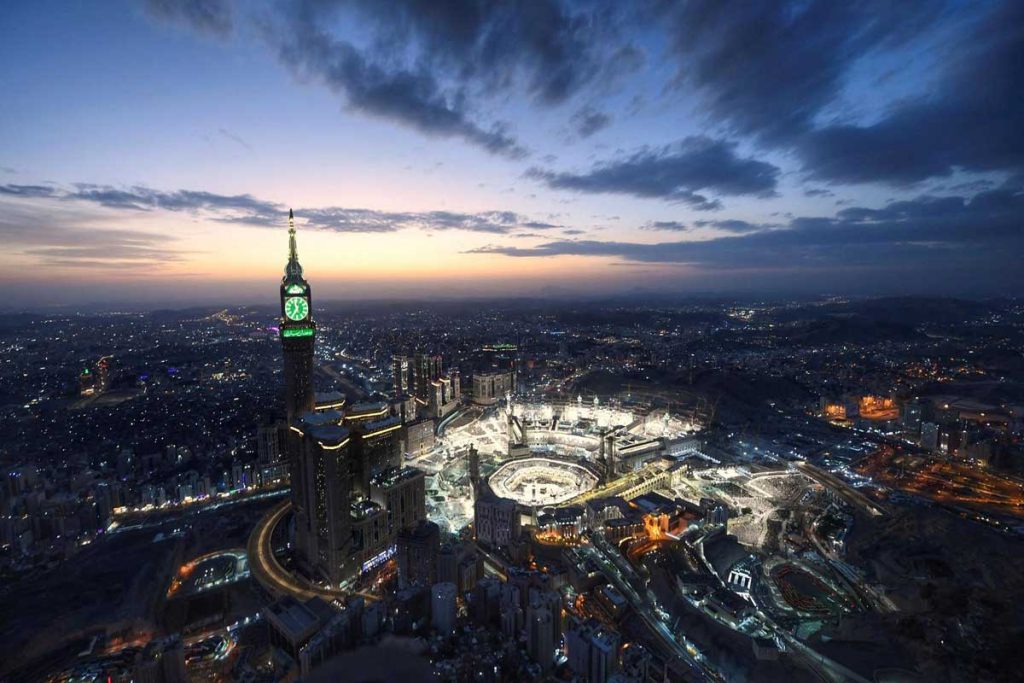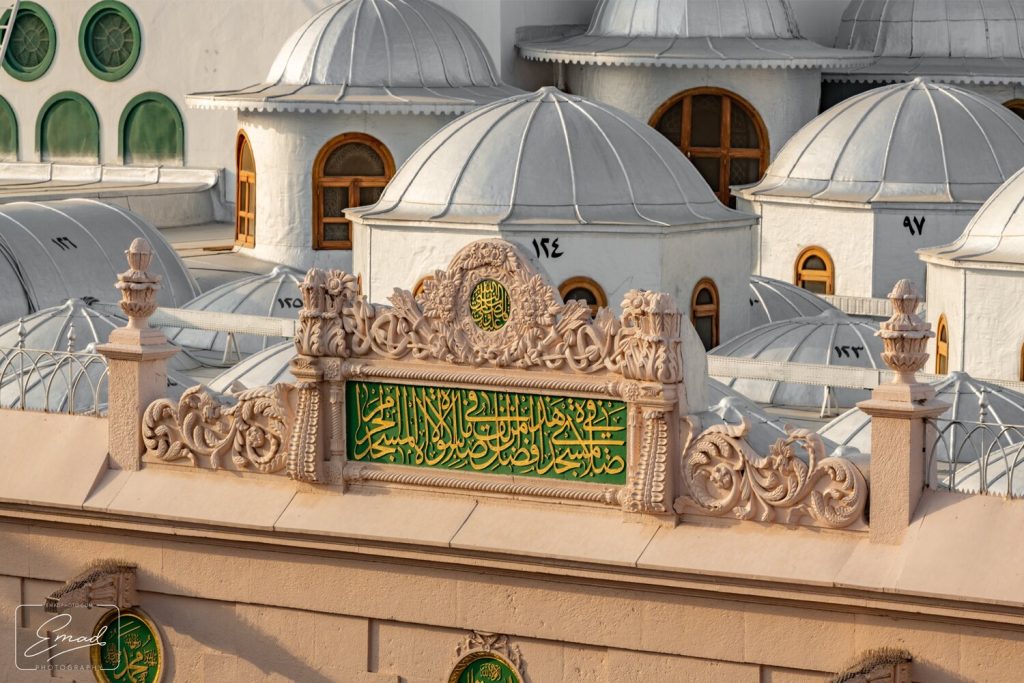Introduction
The pilgrimage to Mecca, known as Hajj and Umrah, is a profound spiritual journey for millions of Muslims around the world. For many, this journey is not just a religious obligation but an opportunity to walk in the footsteps of the Prophet Muhammad (PBUH). The life and actions of the Prophet Muhammad (PBUH) during these sacred rites offer a blueprint for the devout. In this comprehensive article, we will explore the significance of Hajj and Umrah, delve into the specific events and locations associated with the Prophet Muhammad (PBUH), and provide insights into the spiritual and historical context of these pilgrimages.
The Importance of Hajj and Umrah
Hajj: The Fifth Pillar of Islam
Hajj is one of the Five Pillars of Islam, making it a mandatory act of worship for all Muslims who are physically and financially able to undertake the journey. The rituals of Hajj are performed over five to six days, starting on the 8th and ending on the 13th of Dhul-Hijjah, the last month of the Islamic calendar. Hajj is not only a journey of physical endurance but also one of immense spiritual significance, as it represents the unity of Muslims and their submission to Allah.
Umrah: The Lesser Pilgrimage
Umrah, while not obligatory, is a highly recommended act of worship that can be performed at any time of the year. Often referred to as the ‘lesser pilgrimage,’ Umrah includes specific rituals that symbolize purification and devotion. Though shorter in duration than Hajj, Umrah holds profound meaning and offers an opportunity for spiritual renewal.
The Historical Context of Hajj and Umrah
Pre-Islamic Arabia and the Kaaba
Before the advent of Islam, the Arabian Peninsula was a land of diverse tribes and polytheistic practices. The Kaaba, located in Mecca, was already a revered site but was surrounded by idols representing various deities. The Prophet Muhammad (PBUH) transformed the Kaaba into the monotheistic center of worship that it is today.
The Revelation and Transformation
The Prophet Muhammad (PBUH) received the first revelation from Allah at the age of 40. Over the next 23 years, he conveyed the message of Islam, which included the significance of Hajj and Umrah. His actions during these pilgrimages set the standards for the rites performed by Muslims today.
The Prophet Muhammad’s (PBUH) First Umrah
The Treaty of Hudaybiyyah
In the sixth year after the Hijrah (migration to Medina), the Prophet Muhammad (PBUH) and his followers set out for Mecca with the intention of performing Umrah. However, they were stopped by the Quraysh tribe, who controlled Mecca. This led to the Treaty of Hudaybiyyah, which allowed the Muslims to return the following year for Umrah.
Performing Umrah in Peace
The following year, the Prophet Muhammad (PBUH) and his companions returned to Mecca and performed Umrah. This peaceful pilgrimage demonstrated the power of patience and negotiation and established a precedent for future pilgrimages.
The Prophet Muhammad’s (PBUH) Hajj: The Farewell Pilgrimage
Preparation for Hajj
In the tenth year after the Hijrah, the Prophet Muhammad (PBUH) announced his intention to perform Hajj. This pilgrimage is known as the Farewell Pilgrimage (Hajjat al-Wada), as it was his final pilgrimage before his passing. The Prophet (PBUH) meticulously prepared for Hajj, emphasizing the importance of purity, intention, and adherence to the rituals.
Key Events of the Farewell Pilgrimage
The Sermon at Arafat
One of the most significant events during the Farewell Pilgrimage was the Prophet’s (PBUH) sermon at Mount Arafat. Here, he delivered a powerful message emphasizing equality, justice, and the importance of following the Quran and his teachings. This sermon, known as the Farewell Sermon, remains a cornerstone of Islamic ethics and law.
The Stoning of the Devil
Another critical ritual performed during Hajj is the stoning of the Jamarat, which symbolizes the rejection of evil. The Prophet Muhammad (PBUH) led his followers in this act, reinforcing the importance of resisting temptation and maintaining steadfast faith.
Sacrifice and Eid al-Adha
The Prophet Muhammad (PBUH) also performed the sacrifice of an animal, marking the festival of Eid al-Adha. This act commemorates the willingness of Prophet Ibrahim (Abraham) to sacrifice his son in obedience to Allah, highlighting themes of devotion and submission.
The Spiritual Significance of Following the Prophet’s (PBUH) Footsteps
Emulating the Prophet’s (PBUH) Actions
For Muslims, following the actions of the Prophet Muhammad (PBUH) during Hajj and Umrah is not merely a ritualistic act but a means of connecting with his legacy. By emulating his actions, pilgrims seek to attain a higher level of spirituality and closeness to Allah.
The Role of Intention (Niyyah)
One of the central teachings of the Prophet Muhammad (PBUH) is the importance of intention (niyyah). During Hajj and Umrah, pilgrims are reminded that their actions must be sincere and solely for the sake of Allah. This focus on intention transforms the pilgrimage into a profound spiritual journey.
Key Locations in the Prophet’s (PBUH) Journey
The Kaaba: The House of Allah
The Kaaba, also known as the House of Allah, is the most sacred site in Islam. The Prophet Muhammad (PBUH) cleansed the Kaaba of idols and rededicated it to the worship of the one true God. Pilgrims perform Tawaf, the act of circumambulating the Kaaba, as a central ritual of Hajj and Umrah.
The Well of Zamzam
The Well of Zamzam holds significant historical and spiritual importance. According to Islamic tradition, it was revealed to Hajar (Hagar), the wife of Prophet Ibrahim, when she and her son Ismail were stranded in the desert. The Prophet Muhammad (PBUH) emphasized the miraculous nature of Zamzam water, and pilgrims drink from this well during their pilgrimage.
Mount Safa and Marwah
Pilgrims reenact Hajar’s search for water by walking between the hills of Safa and Marwah. This ritual, known as Sa’i, commemorates her perseverance and trust in Allah. The Prophet Muhammad (PBUH) himself performed this act during his pilgrimages, reinforcing its significance.
Mina: The Tent City
During Hajj, pilgrims spend several nights in Mina, a vast tent city. The Prophet Muhammad (PBUH) stayed in Mina, and it is here that the ritual of stoning the Jamarat takes place. Mina represents a time of reflection and prayer, following the Prophet’s (PBUH) example.
Muzdalifah: The Sacred Gathering
After spending the day at Arafat, pilgrims travel to Muzdalifah to gather pebbles for the stoning ritual. The Prophet Muhammad (PBUH) spent the night in prayer and reflection at Muzdalifah, highlighting the importance of this sacred time.
The Cave of Hira
Although not part of the Hajj or Umrah rituals, the Cave of Hira holds immense significance as the place where the Prophet Muhammad (PBUH) received the first revelation from Allah. Many pilgrims visit this site to connect with the early days of Islam and the Prophet’s (PBUH) spiritual journey.
Lessons from the Prophet’s (PBUH) Journey
Patience and Perseverance
The Prophet Muhammad’s (PBUH) journey during Hajj and Umrah is filled with lessons of patience and perseverance. Despite numerous challenges, he remained steadfast in his faith and committed to the path of righteousness. Pilgrims are inspired to embody these qualities in their own lives.
Unity and Equality
One of the most powerful messages from the Prophet’s (PBUH) Farewell Sermon is the emphasis on unity and equality. Hajj brings together Muslims from all walks of life, transcending race, nationality, and social status. This unity reflects the essence of the Prophet’s (PBUH) teachings and the core values of Islam.
Devotion and Submission
The rituals of Hajj and Umrah, as practiced by the Prophet Muhammad (PBUH), underscore the themes of devotion and submission to Allah. These acts of worship remind Muslims of their ultimate purpose and the importance of living a life dedicated to the divine.
Practical Tips for Pilgrims
Preparing for the Journey
Proper preparation is crucial for a successful pilgrimage. Pilgrims should educate themselves about the rituals, pack essential items, and ensure their physical fitness. Understanding the historical and spiritual significance of the journey enhances the overall experience.
Maintaining Spiritual Focus
During Hajj and Umrah, it is easy to get caught up in the physical aspects of the rituals. Pilgrims should strive to maintain a spiritual focus, constantly reminding themselves of the deeper meaning behind each act of worship. This mindfulness can transform the pilgrimage into a truly transformative experience.
Connecting with Fellow Pilgrims
Hajj and Umrah provide a unique opportunity to connect with Muslims from around the world. Building relationships and sharing experiences can enhance the spiritual journey and create lasting bonds of brotherhood and sisterhood.
Conclusion
Walking in the footsteps of the Prophet Muhammad (PBUH) during Hajj and Umrah is a journey of profound faith and spiritual growth. The significance of these pilgrimages extends beyond the rituals, offering lessons in patience, unity, and devotion. By understanding the historical and spiritual context of the Prophet’s (PBUH) actions, pilgrims can deepen their connection to Allah and the Islamic faith. As they perform the rites of Hajj and Umrah, Muslims are reminded of the timeless teachings of the Prophet Muhammad (PBUH) and the enduring legacy of his journey of faith.





